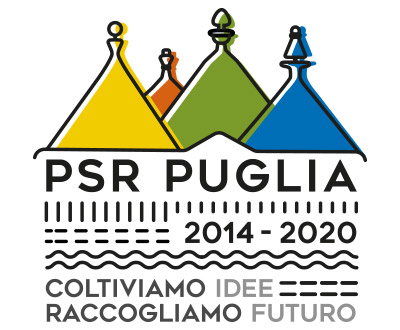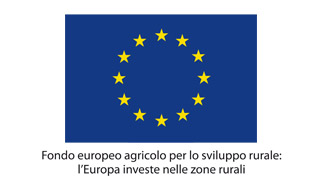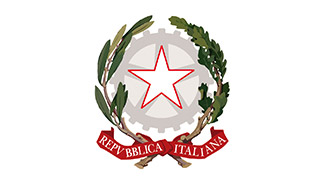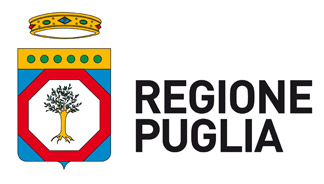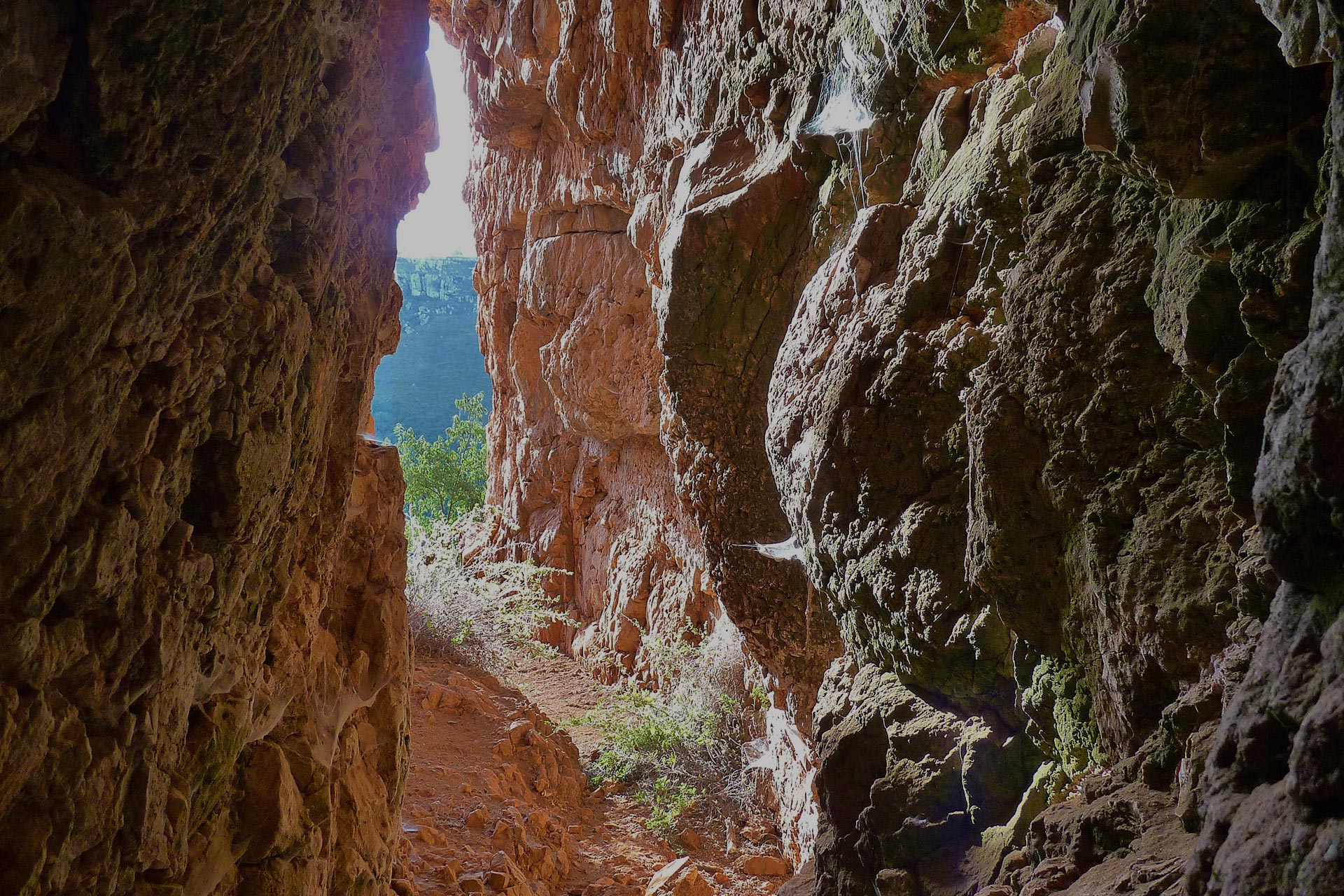
MURGIA SLOW TRAVEL IS A TRAVEL EXPERIENCE IN THE RURAL HEART OF APULIA
Murgia, in the heart of Puglia: a perfect mix of atmospheric elements have made this place unique.
Where is the Alta Murgia
The Alta Murgia plateau rises in the center of Apulia, mainly in the territories between the provinces of Bari and BAT (Barletta, Andria, Trani). A relief of carbonate rocks set between the Bradanic canyon (dug by the Bradano river) to the south, towards the border with Basilicata and the Adriatic Sea to the north.
The unique landscape of the Murgia
Millennia of wind erosion and rainwater rich in carbon dioxide have given rise to a particular form of surface karst and hypogeum that enters directly into the soul. A spectacle of nature that you will never forget, as in the case of the famous dolines: the "Pulo" (huge depression) of Altamura and the "Pulicchio" (smaller Pulo) of Gravina in Puglia.
An open-air film set
But it is the entire Murgian environment, like a superb natural film set, which is characterized by the "lame" (torrential cracks), sink-holes, caves, cavities and undulating hills, interspersed every now and then with pastures, coppice forests of downy oak, reforestation of conifers and cereal crops, demonstrating the millennial presence of man, inextricably intertwined with this land.
From the Paleolithic of the Man of Altamura...
A sensational evidence of this, is the discovery of the only remains of the entire human skeleton of the Paleolithic, which belonged to a Homo neanderthalensis that lived between 180,000 and 130,000 years ago in the countryside of Altamura, or the necropolis of San Magno, consisting of tombs dug into the stone, in the countryside of Corato, dating back to a period between the seventh and fourth centuries B.C.
…to the genius of Frederick II of Swabia
In this prodigious time machine, among the most famous international symbols of Puglia, you can not forget the historical Norman Swabian heritage of Frederick II, not surprisingly called "Stupor Mundi", whose Castel del Monte stands out imposingly to dominate the landscape in the countryside of Andria.
From the Bourbons to the shepherds of transhumance
Puglia also belonged to the kingdom of Naples before and to that of the two Sicilies after, with the Bourbon dynasty that considered it the "felix" (happy) suburbs of the kingdom to the east, as well as theater, together with the whole of southern Italic in the pre-unification period, of the controversial phenomenon of brigandage.
Castles, rock churches, farms and "tratturi"
A human presence along the history of Puglia still legible in medieval castles and rock churches, but above all in the many ancient farms and in the stone "jazzi", buildings mainly linked to agricultural activity and sheep farming, scattered here and there all over the territory. Of particular importance and interest is also the presence of ancient tratturi, still accessible for cycle-hiking activities, used over the centuries for the transhumance of the flocks towards more fruitful pastures.
Dry stone walls, pastures and farmhousesi
This is the Murgia: labyrinthine dry stone walls designed according to an ancient art in knowing how to set the stones, natural pastures interspersed with wheat fields and oak woods and pine forests, farms and shelters for the flocks disseminated over the barren earth in Winter and shining in Summer, with its colorful spontaneous flowers, farmers who work the fields scorched by the summer sun and women while wanting to delight the guest of their farm with the preparation of typical dishes based on wild herbs.
Discovering the Alta Murgia National Park
If you are looking for a travel proposal in Puglia to know this beautiful glimpse of land called Alta Murgia, you will be spoiled for choice!
You will be able to visit charming historic centres steeped in Mediterranean scents; visit museums, art exhibitions, archaeological and UNESCO sites, medieval castles, Romanesque churches, noble palaces and rural artefacts of peasant and pastoral civilization.
You can practice outdoor sports, walk the paths of the Park by bike or on horseback or collect wild herbs in Spring or mushrooms in Autumn and in Summer bask in the sun and dive into the beautiful waters of the Adriatic Sea, or even participate in folkloristic, musical, food and wine and tasting events, linked to culinary tradition, but also visit the unique city of Alberobello in the Itria Valley or the cave of Saint Michael the Archangel in Monte Sant'Angelo, both UNESCO sites, as well as make a stop in the nearby Basilicata at Matera, European Capital of Culture 2019.

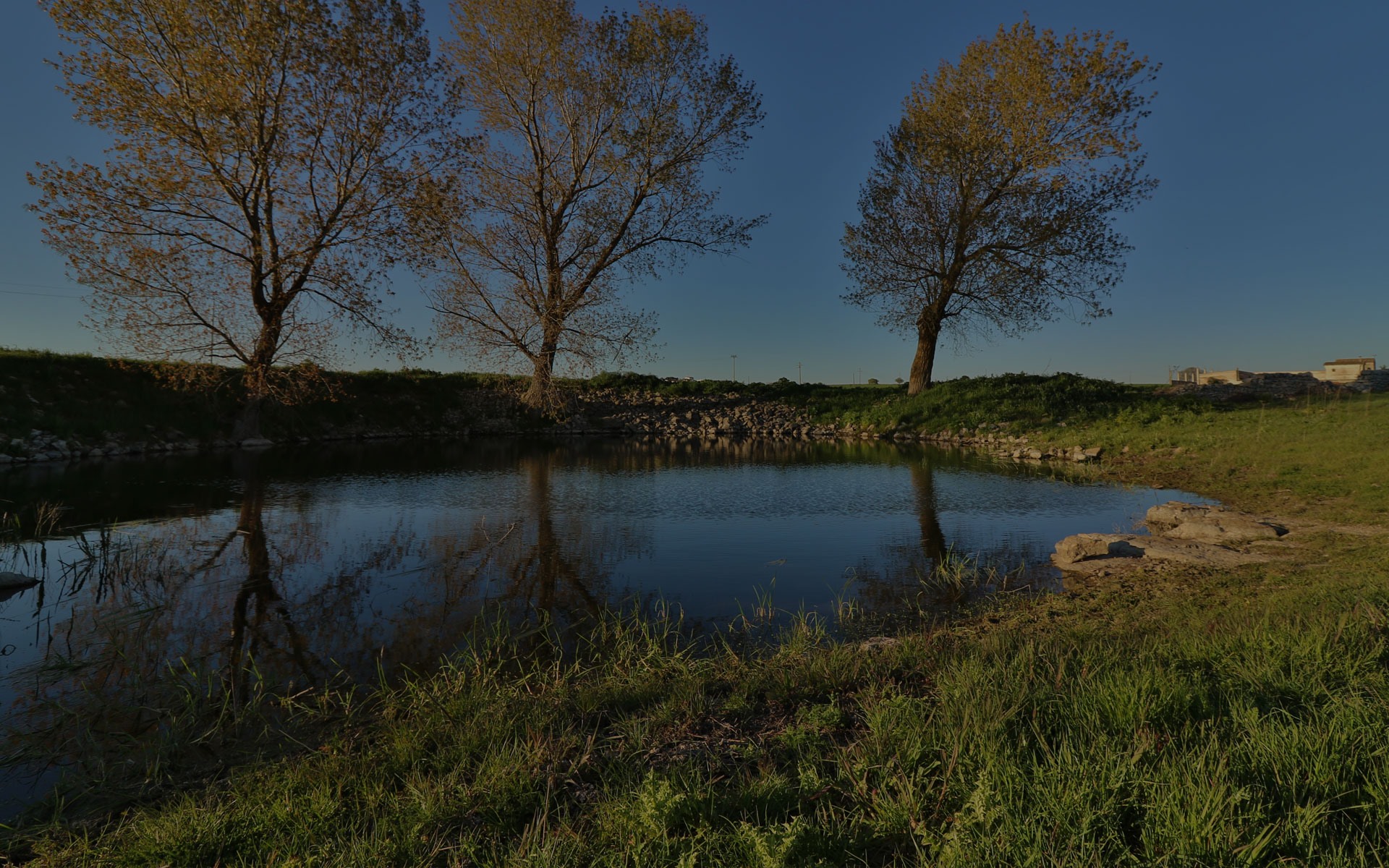
ASK FOR INFORMATION
Fill in the fields of the form below and we will answer you within 24 hours.

